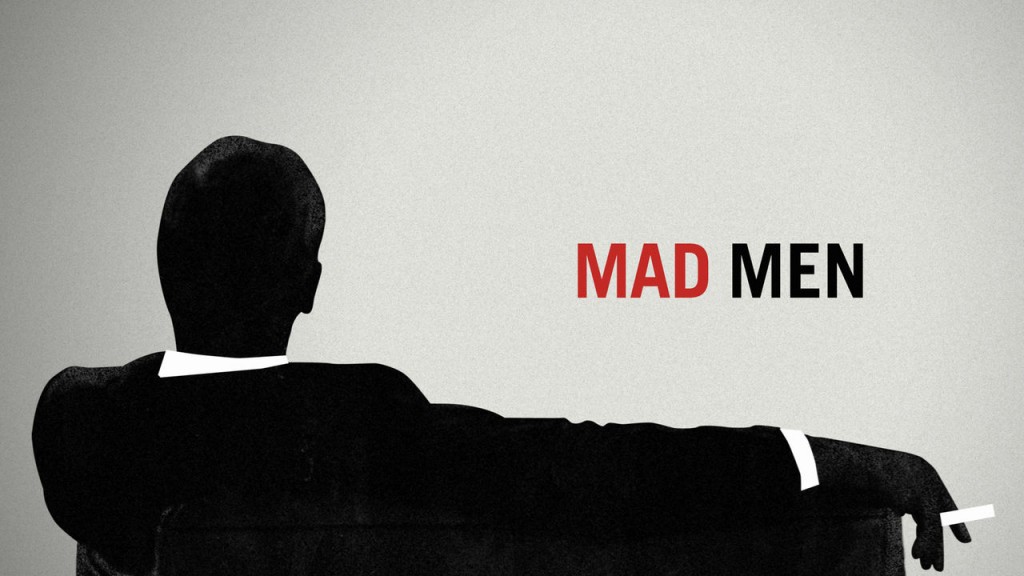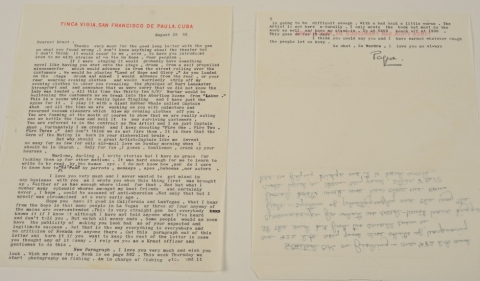As we mourn Maya Angelou on the day after her death, it’s heartening to remember that she lived several more lifetimes than most in her 86 years, some filled with pain and struggle, some with great joy. While generally known as a poet, writer, teacher, actress, and activist, Angelou actually got her start in the public eye as a Calypso dancer and singer, even appearing in a film, Calypso Heat Wave and releasing an album, Miss Calypso, both in 1957. It’s said that Billie Holiday told Angelou in 1958, “you’re going to be famous but it won’t be for singing,” She was right of course, but Angelou retained the air of a performer as a reader of her work.
Above, see her deliver an animated reading of her famous poem, “Still I Rise,” which references many of her past lives, including lines that seem to allude to her Miss Calypso days: “Does my sexiness upset you? / Does it come as a surprise / That I dance like I’ve got diamonds / At the meeting of my thighs?” The stanza is indicative of another quality among the many she enumerates, “sassiness.” But she begins the reading on a more sober note, with a statement about human resilience, the ability to get up and face the day, despite the fears we all live with. “Wherever that abides in a human being,” she says, “there is the nobleness of the human spirit.”
That resilience, the transcendence of painful personal and ancestral histories, was the great theme of Angelou’s work, whether in poems like “Still I Rise” or her revealing 1969 autobiography I Know Why the Caged Bird Sings, also the title of a poem from her 1983 collection Shaker, Why Don’t You Sing?. While the caged bird is a very personal symbol for Angelou, her poem “On the Pulse of the Morning,” which you can see her read above at Bill Clinton’s 1993 inauguration, speaks to the whole human species in elemental terms. Again she twines themes of transcending painful and bloody histories with those of the “nobleness of the human spirit.” The speaker of the poem is the earth itself, who addresses each of us as “a bordered country / Delicate and strangely made proud.” “History,” she writes in much-quoted lines from the poem’s ninth stanza, “despite its wrenching pain / Cannot be unlived, but if faced / With courage, need not be lived again.” For all the pain Angelou herself endured and faced with courage, it’s a sentiment she earned the right to proclaim. Her celebration of not only the particular African-American struggle, but also its part in the universal human struggle for dignity and purpose stands as her enduring legacy. She ends the poem where she begins her reading of “Still I Rise” above, with a call for us to treat each other with care and respect, to not be “wedded forever / To fear, yoked eternally / To brutishness”:
Here, on the pulse of this new day
You may have the grace to look up and out
And into your sister’s eyes, and into
Your brother’s face, your country
And say simply
Very simply
With hope –
Good morning.
Both poems will be added to our collection, 1,000 Free Audio Books: Download Great Books for Free.
If you would like to sign up for Open Culture’s free email newsletter, please find it here. It’s a great way to see our new posts, all bundled in one email, each day.
If you would like to support the mission of Open Culture, consider making a donation to our site. It’s hard to rely 100% on ads, and your contributions will help us continue providing the best free cultural and educational materials to learners everywhere. You can contribute through PayPal, Patreon, and Venmo (@openculture). Thanks!
Related Content:
Hear Dylan Thomas Recite His Classic Poem, “Do Not Go Gentle Into That Good Night”
Hear Sylvia Plath Read 50+ of Her Dark, Compelling Poems
Stream Classic Poetry Readings from Harvard’s Rich Audio Archive: From W.H. Auden to Dylan Thomas
Josh Jones is a writer and musician based in Durham, NC. Follow him at @jdmagness.





